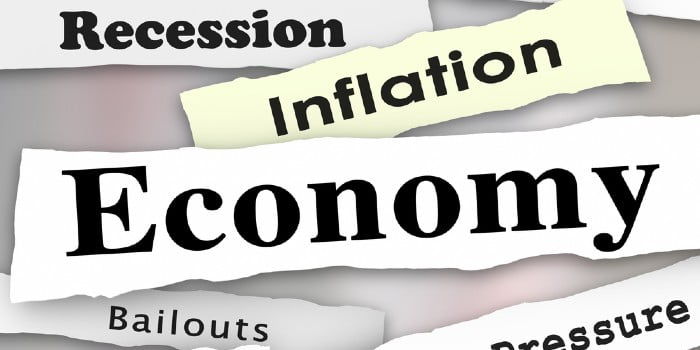19 December 2023 – UK companies had another tough year, with insolvencies at a high level. The latest government data shows that company insolvency registrations in England and Wales have been 21% higher in November this year compared to the same time last year.
The latest data from the UK Insolvency Service confirms what earlier data already suggested: 2023 will see the biggest number of companies closing down since the financial crisis in 2009.
With 2,466 insolvency registrations in England and Wales in November, the number is 6% higher than the previous month, when 2,317 company insolvencies were registered. However, compared to the same time last year, the number of businesses registering for insolvency has risen by 21%.
Northern Ireland has also seen more company insolvencies registered in November compared to last year, by 30%. Scotland, on the other hand, has had 8% fewer company insolvencies registered in November compared to the previous year.
CVLs Drive Up Insolvency Registrations
In England, Wales and Scotland, creditor’s voluntary liquidations (CVLs) are the main driver of company insolvencies. From the 2,466 total insolvencies registered in England and Wales in November, 1,962 were CVLs, 23% higher than in the previous year.
The number of compulsory liquidations in England and Wales was 359 in November, which is 22% higher than last November. 133 companies registered for administration, 1% lower than in November 2022.
Company voluntary arrangements (CVAs) were 20% higher than the previous year, with 12. No receivership appointments have been registered in November 2023.
In Scotland, of 109 total insolvencies that have been registered in November, 8% lower than in the previous year, 74 were CVLs, a year-on-year increase of 3%.
30 were compulsory liquidations, which historically has driven insolvencies in that country. But in November 2023 they were 29% lower than in November 2022.
Five companies in Scotland registered for administration in November, a 67% increase from the previous year. No CVAs or receivership appointments have been registered in Scotland in November this year.
In Northern Ireland, business insolvencies have been driven by compulsory insolvencies. Of the 26 insolvency registrations in that country, which are 30% higher than last year, 13 were compulsory, which is a year-on-year increase of a staggering 550%.
CVLs have fallen by 63% from last November to 6 this November. Administrations were slightly higher in November 2023, with 5 compared to 2 in November 2022.
Last November there were no CVAs, but this November 2 were registered. No receivership appointments were registered in November in Northern Ireland.
COVID And Economic Situation To Blame
The COVID pandemic and the various lockdowns and restrictions were tough for many small businesses, according to the UK’s insolvency and restructuring trade body, R3. Those that survived the pandemic had further challenges to content with.
Rising inflation, a cost-of-living crisis and increasing borrowing costs all created a perfect storm for small businesses. The loans they took out to get them over the fall-out from the pandemic, suddenly were much more expensive to pay back, increasing outgoings.
At the same time, high inflation pushed prices up, making running a business more expensive. Many had to put up prices to stay afloat. Especially because high interest rates meant that borrowing money to cover higher costs was too expensive.
The cost-of-living crisis reduced the spending power of consumers, leading to a reduction in income for many small businesses.
Small and medium-sized enterprises (SMEs) are hit hardest, which is suggested by the high number of liquidations, according to Begbies Traynor, the UK’s biggest insolvency practitioner.
Smaller companies are more likely to request liquidations, while larger companies are more often going into administration.
Our Opinion
Since the pandemic has started, insolvency registrations have risen every year, from 12,633 in 2020 to 14,058 in 2021 to 22,129 in 2022 and 23,153 this year so far. This is a clear sign of the challenges many small businesses are facing.
This also illustrates why industry bodies have called on the government to support small businesses in these difficult times. And while there were some positive announcements in the Autumn Statement 2023 for them, it wasn’t the support that many, including us here at Business4Beginners, were hoping for.
Recent government figures have also shown that more businesses have closed down than started up in the past 12 months, which is another sign that small businesses are struggling. And all this is bad news for the UK economy.
With over 90% of UK companies forming part of the group of small or micro-businesses, they are the backbone of our economy. Unless they thrive, the UK economy won’t grow.
Economists’ forecasts for our economy are bleak, only predicting GDP to grow by 0.5% in 2024. The only way to change this is to give small businesses the support they need to grow. But it doesn’t look like the government has any interest in helping our SMEs, at least not to the extent that is necessary.






